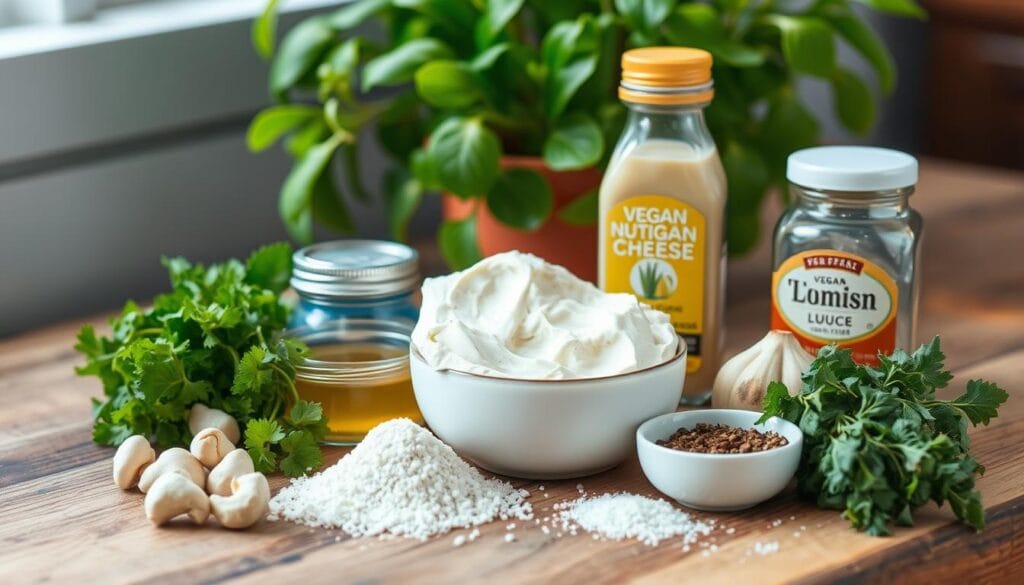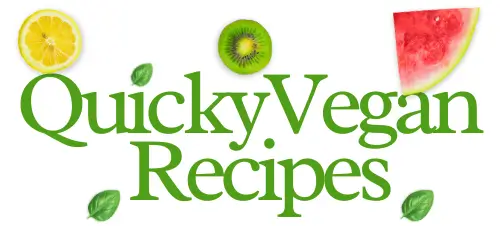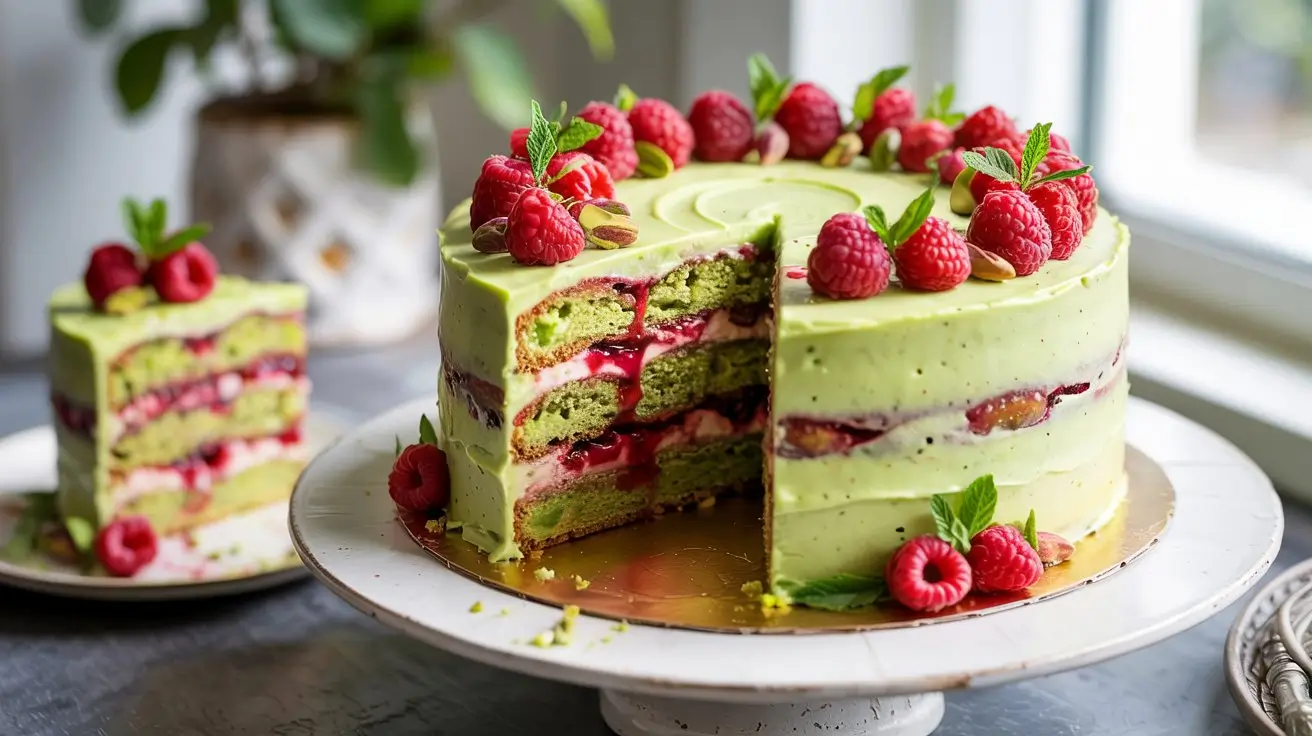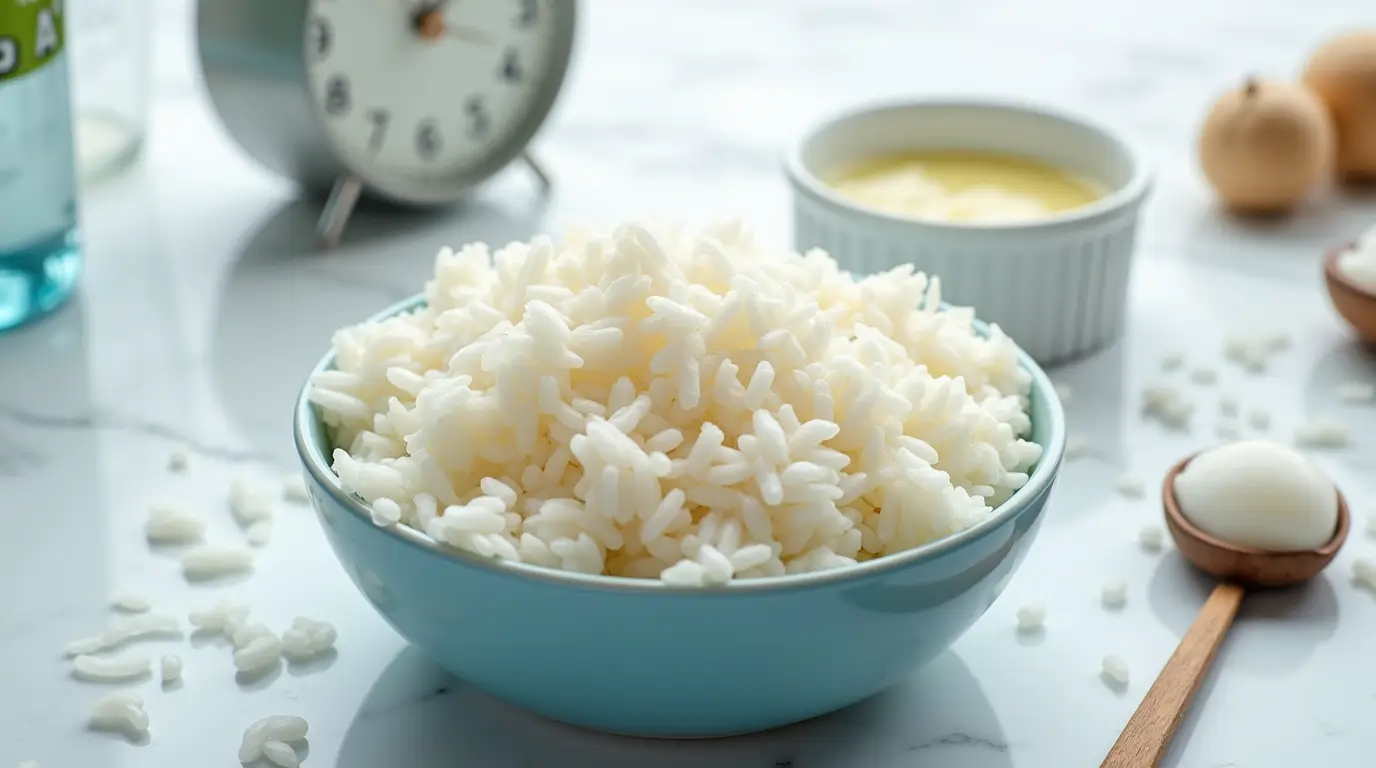I’ve struggled with lactose intolerance for years. Finding tasty, creamy alternatives to dairy has been a challenge. That’s why I’m excited to share my journey of making homemade vegan cream cheese. This plant-based spread has become a staple in my kitchen, offering a delicious and nutritious option that fits my dietary needs.
If you’re exploring veganism, looking to cut down on dairy, or just want to try new recipes, making your own vegan cream cheese is rewarding. In this guide, you’ll learn how to make a rich, tangy, and satisfying dairy-free alternative. It’s perfect for bagels, crackers, dips, and desserts.
Let’s explore the art of making delicious vegan cream cheese. It opens up a world of possibilities for your taste buds and health.
Key Takeaways
- Discover the benefits of making your own vegan cream cheese at home
- Explore the versatility of plant-based cheese alternatives
- Learn about the common base ingredients used in dairy-free spreads
- Understand the health and environmental advantages of choosing vegan options
- Gain the essential tools and equipment needed for homemade vegan cream cheese
Understanding Plant-Based Alternatives to Cream Cheese
The demand for plant-based and vegan options is growing fast. Now, you can find non-dairy cream cheese in regular grocery stores. This makes it easy for health-conscious people to choose cruelty-free and sustainable options.
Common Base Ingredients for Dairy-Free Spreads
Many vegan cheese spread recipes start with nuts, seeds, and legumes. Ingredients like creamy cashews and protein-rich chickpeas are used. They give the spread a creamy texture similar to traditional cream cheese.
Health Benefits of Non-Dairy Alternatives
- They don’t have lactose or cholesterol, great for those with dietary needs
- They often have more fiber and nutrients than dairy
- They’re better for the environment than dairy products
Environmental Impact of Choosing Vegan Options
Choosing cruelty-free cream cheese alternatives helps the planet. Plant-based ingredients need less land, water, and gas to make. This makes them a more sustainable choice.
| Environmental Impact | Dairy-Based Cream Cheese | Vegan Cream Cheese |
|---|---|---|
| Water Footprint (liters per kg) | 3,178 | 1,928 |
| Greenhouse Gas Emissions (kg CO2 eq per kg) | 9.8 | 2.5 |
| Land Use (m2 per kg) | 1.94 | 1.02 |

“Choosing vegan cream cheese is tasty and helps our planet. It’s a step towards a healthier and kinder world.”
Essential Equipment and Tools for Making Vegan Cream Cheese
Making tasty vegan cream cheese at home needs some key tools. These tools help you get the right texture and consistency for your dairy-free spread. Let’s look at the must-have items for making your own homemade dairy-free cream cheese.
You’ll first need a strong blender or food processor. This tool blends the base ingredients, like nuts or tofu, into a smooth cream. Choose one with variable speed for the best texture.
A nut milk bag or cheesecloth is also key. They let you strain and separate solids from liquids in nut-based cream cheese. This makes your final product thicker and creamier.
- High-powered blender or food processor
- Nut milk bag or cheesecloth
- Measuring cups and spoons
- Spatula or wooden spoon
- Airtight storage containers
- Parchment paper or silicone mats
You’ll also need accurate measuring cups and spoons for exact ingredient amounts. A spatula or wooden spoon helps mix everything well by scraping the blender or food processor sides.
Lastly, have airtight containers ready to store your vegan cream cheese. Parchment paper or silicone mats are useful for shaping the cream cheese, if you like.

With these tools, you’re set to make delicious, homemade dairy-free cream cheese. You’ll discover a new world of plant-based treats!
Base Ingredients for Perfect Vegan Cream Cheese
Making vegan cream cheese at home needs the right ingredients. You can choose from cashew or nut-based options. Knowing the key ingredients is key for the perfect taste and texture.
Selecting the Right Nuts and Seeds
Cashews are a top pick for vegan cream cheese because of their creamy texture and mild taste. But, almonds, macadamia, or pine nuts can also work well. Mixing nuts and seeds like sunflower or hemp seeds can add more flavor.
Choose high-quality nuts or seeds for the best cashew cream cheese or nut-based cream cheese. Go for raw, unsalted, and unroasted for the best taste.
Importance of Quality Probiotics
Quality probiotics are key for a tangy, cultured taste like dairy cream cheese. Look for probiotics made for dairy-free use, like Lactobacillus acidophilus or Bifidobacterium bifidum. These bacteria add tang and richness to your vegan cheese alternative.
Additional Flavor Enhancers
- Lemon juice or apple cider vinegar: These add a tangy flavor, like dairy cream cheese.
- Nutritional yeast: It gives a savory, cheesy taste to your vegan cream cheese.
- Sea salt or Himalayan salt: It enhances the flavor and balances the sweetness of the nuts or seeds.
- Fresh herbs or spices: Try adding chives, dill, garlic, or black pepper for unique tastes.
By picking the best nuts, seeds, probiotics, and flavor enhancers, you’ll make a delicious, creamy vegan cheese alternative. It will be as good as dairy-based cream cheese.
Cashew-Based Cream Cheese Recipe
Indulge in the creamy goodness of homemade cashew cream cheese. It rivals the taste and texture of traditional dairy-based spreads. This vegan-friendly recipe is delicious and packed with nutritional benefits. Let’s dive into the step-by-step instructions to create your very own vegan cheese spread at home.
To begin, soak raw cashews in water for at least 4 hours, or overnight. This crucial step ensures a smooth and creamy texture in the final product. Drain and rinse the soaked cashews before proceeding.
Next, add the cashews, along with the following ingredients, to a high-speed blender or food processor:
- 1 cup of filtered water
- 2 tablespoons of lemon juice
- 1 tablespoon of apple cider vinegar
- 1 teaspoon of sea salt
- 1 teaspoon of nutritional yeast (optional, for a cheesy flavor)
Blend the mixture until it reaches a smooth, creamy consistency, similar to traditional cream cheese. Be patient and blend for a few minutes to ensure a silky-smooth texture.
Once the cashew cream cheese is blended, transfer it to a container and refrigerate for at least 2 hours. This allows the flavors to meld and the texture to set. For best results, let it chill overnight before serving.
Enjoy your homemade cashew cream cheese on toasted bagels, crackers, or as a dip for fresh vegetables. The possibilities are endless! This vegan-friendly spread is a delightful alternative to traditional dairy-based cream cheese. It’s perfect for those seeking a healthier and more sustainable option.
Mastering the Art of Tofu Cream Cheese
Tofu is a versatile plant-based ingredient that can be turned into a delicious, creamy dairy-free cream cheese alternative. To make great tofu cream cheese, you need to pick the right tofu, prepare it well, and add the right flavors.
Choosing the Right Tofu Type
Choosing the right tofu is key to making amazing tofu cream cheese. Go for extra-firm or firm tofu. These have more protein and a firmer texture, which is important for a creamy spread. Soft or silken tofu is too watery and won’t work as well.
Preparation and Pressing Techniques
Getting your tofu ready is important. First, press out the extra moisture. Wrap the tofu in a clean towel or paper towels and weigh it down with something heavy for at least 30 minutes. The less water, the better your cream cheese will be.
Flavor Enhancement Methods
- Add savory seasonings like garlic, onion powder, or dried herbs for extra flavor.
- Use lemon juice or apple cider vinegar to give it a tangy taste like traditional cream cheese.
- Blend in aromatic spices like nutmeg, cinnamon, or white pepper to enhance the flavor.
- Add nutritional yeast for a cheesy taste.
By mastering tofu cream cheese, you can make a tasty, versatile plant-based spread. Enjoy it on bagels, in baked goods, and more.
Creating the Perfect Texture and Consistency
Making homemade vegan cream cheese requires the right texture and consistency. The right mix of ingredients and techniques can turn a simple spread into a creamy delight. Let’s look at what affects texture and how to perfect your plant-based cheese.
Blending Power
The first step in blending is key for a smooth texture. Make sure your blender or food processor can handle nuts, seeds, or tofu well. Blend for a long time, stopping to scrape the sides, for a silky texture.
Soaking and Draining
- Soaking and draining nuts or seeds right is important. Longer soaking times (4-8 hours) make it creamier and spreadable.
- Drain well to avoid a watery vegan cream cheese.
Adjusting Moisture Content
The mix of solids and liquids is crucial. If it’s too thick, add a bit of plant-based milk or water. If it’s too thin, add more solids for creaminess.
| Texture Attribute | Troubleshooting Tip |
|---|---|
| Grainy | Blend for longer or soak ingredients for more time |
| Too Thick | Add a small amount of plant-based milk or water |
| Too Thin | Increase the amount of solid base ingredients |
Understanding texture factors and using these tips will help you make perfect vegan cream cheese. It will be smooth and creamy.
Flavor Variations and Add-ins for Your Vegan Cream Cheese
Make your homemade vegan non-dairy cream cheese even better with different add-ins. You can go from savory to sweet, making your vegan cheese spread just how you like it.
Savory Options and Seasonings
Try adding roasted garlic, sun-dried tomatoes, or caramelized onions to your vegan cream cheese. You can also mix in your favorite herbs and spices. Smoked paprika, chives, or black pepper add a nice depth of flavor.
Sweet and Fruity Variations
For a sweet twist, add fresh or dried fruit like strawberries or blueberries. A bit of maple syrup, vanilla extract, or cinnamon makes it dessert-like. It’s great on whole-grain crackers or bagels.
Herb and Spice Combinations
Enhance your vegan cream cheese with herbs and spices. Fresh dill, chives, or basil brighten the taste. Ground cumin, smoked paprika, or turmeric add a unique earthy flavor. Mix and match to find your favorite.
Homemade vegan cream cheese is all about trying new things. Be creative and experiment with flavors. You’ll soon have a non-dairy cream cheese that’s a must-have in your kitchen.
Storage Tips and Shelf Life
Keeping your homemade vegan cream cheese fresh is key. To make sure your dairy-free cream cheese stays good, just follow these easy steps:
- Put your vegan cream cheese in an airtight container. This keeps it moist and stops it from drying out.
- Stored right, your homemade vegan cream cheese can last up to 1 week in the fridge.
- If you want to keep it longer, freeze it for 2-3 months. Just thaw it in the fridge before you use it.
- Freezing? Try portioning it into smaller containers or ice cube trays. This makes thawing and using just what you need easier.
The shelf life of your vegan cream cheese can change based on what you put in it and how you make it. Always check it for any bad signs before eating it.
| Storage Method | Shelf Life |
|---|---|
| Refrigerator | Up to 1 week |
| Freezer | 2-3 months |
By keeping these storage tips in mind, you can enjoy your homemade dairy-free cream cheese for a longer time.
Troubleshooting Common Issues
Making the perfect vegan cream cheese at home can be tricky. But don’t worry, we’ve got you covered! We’ll look at common problems and offer solutions. This will help you get the right texture, taste, and keep your plant-based cheese fresh.
Texture Problems and Solutions
If your vegan cream cheese is too thick or too thin, it’s okay. You can easily fix it. For a thicker cheese, add more nuts or seeds. If it’s too thick, add a bit of plant-based milk or water until it’s just right.
Flavor Adjustments
Getting the flavors right in your vegan cheese alternative is key. If it tastes off, add more salt, herbs, or spices. For a tangier taste, add lemon juice or apple cider vinegar. Adjusting the probiotics can also help with the tanginess in your plant-based cheese.
Preservation Challenges
- Storing your homemade vegan cheese alternative right is crucial. Keep it in an airtight container in the fridge for up to a week.
- If you see mold or a bad smell, throw it away and start fresh.
- Freezing vegan cream cheese can change its texture when thawed. If you freeze it, use it within a month for the best taste.
With these tips, you’ll make perfect homemade vegan cheese alternative every time. Feel free to experiment and find what works best for you.
Creative Ways to Use Your Homemade Vegan Cream Cheese
Explore the many uses of your homemade vegan cream cheese. It’s not just for bagels or toast. This dairy-free delight can make both savory and sweet dishes richer and creamier.
Savory Applications
Replace traditional cream cheese with the dairy-free version in dips and spreads. It makes hot pasta creamy. Use it on sandwiches or as a filling for veggie wraps for a protein-rich lunch.
Sweet Temptations
Make your baked goods better with vegan cream cheese. Mix it into muffin batters or pancake mixes. It’s great in cinnamon rolls or as a topping for fresh fruit.
Versatile Garnishes
- Dollop vegan cream cheese on baked potatoes or roasted veggies for a creamy contrast.
- Make herbed spreads with it to serve with crackers or fresh bread.
- Pipe or scoop the dairy-free cream cheese onto canapes or hors d’oeuvres for a fancy touch.
| Dish | Vegan Cream Cheese Application |
|---|---|
| Bagels | Spread as a classic topping |
| Pasta | Stir into sauces for a creamy texture |
| Baked Goods | Use as a filling or topping for muffins, cinnamon rolls, and more |
| Vegetables | Dollop on top of roasted veggies or baked potatoes |
Find out how versatile your homemade vegan cream cheese can be. It can make your meals richer and creamier.
Where to Source Quality Ingredients
Starting your vegan cream cheese-making journey? Finding top-notch ingredients is key. You can look for them in local stores or online, where plant-based options abound.
Local vs Online Options
Choosing between local and online shopping for vegan cream cheese ingredients has its perks. Local stores might have organic, non-GMO nuts and seeds. You can see them in person and support local businesses. Online, you get a broader selection and often better prices, with delivery right to your door.
Cost-Saving Tips
Making vegan cream cheese at home can save you money. Look for bulk bins in local stores for nuts and seeds. Also, online subscriptions can offer discounts, helping you buy more for less.
FAQ
What are the main ingredients used in vegan cream cheese?
Vegan cream cheese often uses cashews, tofu, nuts, and seeds. These ingredients give it a creamy texture and taste like traditional cream cheese.
What are the health benefits of choosing a vegan cream cheese alternative?
Vegan cream cheese has less saturated fat and cholesterol than dairy-based ones. It’s also a kinder, plant-based choice for those avoiding animal products.
What equipment and tools are needed to make vegan cream cheese at home?
You’ll need a strong blender or food processor, a nut milk bag or cheesecloth, and a spatula. A dehydrator or oven might be needed for aging the cheese, depending on the recipe.
How do I select the best nuts and seeds for my vegan cream cheese?
Choose high-quality, raw, and unsalted nuts and seeds. Cashews, almonds, macadamia nuts, and pine nuts work well because they’re creamy when blended.
What is the role of probiotics in vegan cream cheese?
Probiotics add a tangy flavor and improve the cheese’s texture and spreadability. They’re found in probiotic capsules or powders.
How do I achieve the perfect texture and consistency in my homemade vegan cream cheese?
Soak the nuts or seeds, blend well, and adjust the liquid. Straining or aging the mixture can also help get the right consistency.
What are some creative flavor variations I can try with my vegan cream cheese?
You can add garlic, herbs, spices, fruit, vanilla, or sweeteners for flavor. Mixing in roasted veggies or sun-dried tomatoes can also add unique tastes.
How long does homemade vegan cream cheese last, and how should I store it?
Homemade vegan cream cheese lasts up to 1 week in the fridge. Freeze it for months if you want to keep it longer. Store it in an airtight container to keep it fresh.
How can I troubleshoot common issues when making vegan cream cheese?
For texture problems, adjust the liquid ratio or blend longer. Add more seasonings or probiotics for flavor. Proper storage and aging can help preserve it.
What are some creative ways to use my homemade vegan cream cheese?
Use it on bagels, in sandwiches, dips, spreads, or as a cheesecake base. It’s also great on baked potatoes, tacos, or as a veggie dip.
Where can I find high-quality ingredients for making vegan cream cheese at home?
Find ingredients at health food stores, specialty stores, or online. Choose organic, non-GMO, and sustainably sourced options for the best quality.







